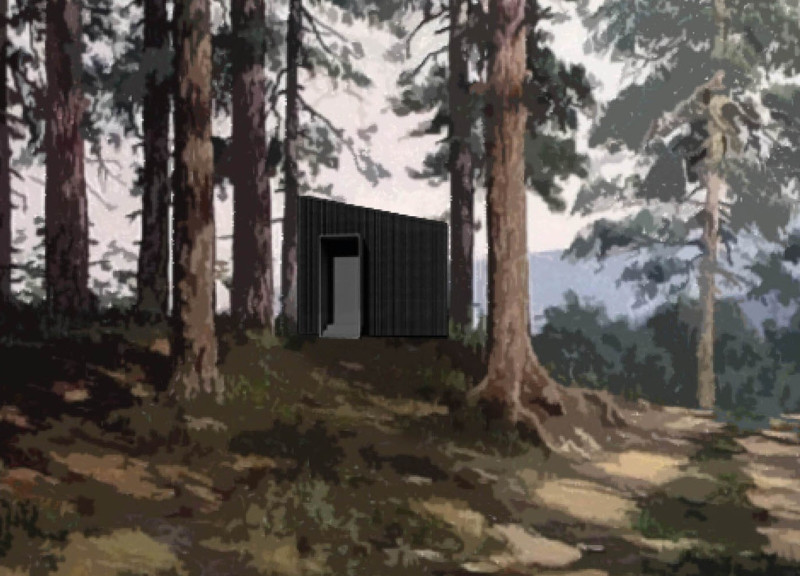5 key facts about this project
The project represents a contemporary approach to architecture that emphasizes sustainability, minimalism, and a seamless integration of built forms with their surroundings. The use of locally sourced materials significantly enhances the project's environmental credentials, reducing its carbon footprint and fostering local craftsmanship. By prioritizing natural aspects and sustainable practices, the design encourages users to engage with the environment intentionally.
Materiality and Design Approach
The materials chosen for this project include wood, glass, concrete, insulation materials, and exterior treatments. The use of locally sourced timber not only reflects an environmental commitment but also adds a layer of warmth to the aesthetic. Extensive glass panels allow for abundant natural light and panoramic views, creating a sense of openness within each pod. Concrete is employed for its structural integrity, ensuring durability and longevity in the cliffside setting.
The unique architectural approach utilized in this project lies in the arrangement and orientation of the pods. Each unit follows the natural topography of the cliff, minimizing site disruption and maximizing views. This design strategy not only respects the existing landscape but also enhances user experience by offering varied perspectives and orientations. The minimalist interior design of each sleeping pod fosters a tranquil atmosphere, encouraging occupants to appreciate simplicity and the surrounding natural beauty.
Spatial Configuration and User Experience
The sleeping pods are designed with an open-plan layout that prioritizes functionality while maintaining a clear connection to the outdoors. Each unit features essential amenities tailored for short-term habitation, promoting efficient use of space. The configuration encourages occupants to utilize the outdoor environment as an extension of their living area, further enhancing their interaction with nature.
Additionally, the project showcases innovative construction techniques, such as the application of "Shou Sugi Ban" for exterior wood finishes, which contributes to the pods' sustainability by providing weather resistance while maintaining aesthetic appeal. The careful attention to detail in both design and material selection showcases the project's commitment to creating a refuge that is both functional and reflective of its stunning natural context.
For a deeper understanding of the "Sleeping Pods on a Cliff" project, explore the architectural plans, sections, and designs that further illustrate the unique ideas and approaches taken in this architectural effort. Review these elements to gain complete insights into the project's intricacies and design intentions.


























